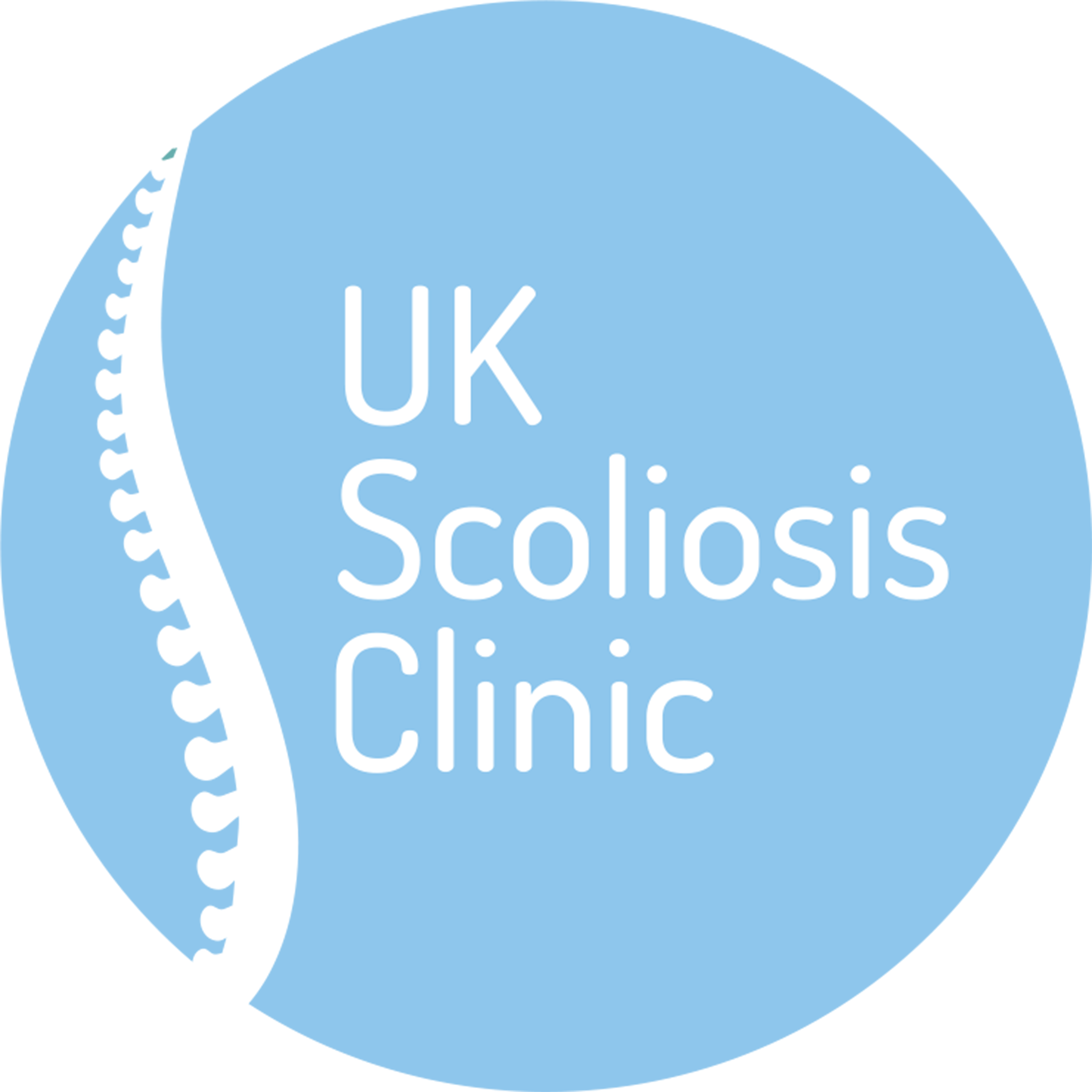Welcome to the UK Scoliosis Clinic blog. We regularly post new articles covering the latest developments in Scoliosis research and treatment. Be sure to check back regularly for new content!
Why choose ScoliBrace?
When thinking about the right scoliosis treatment there are many options to consider. This is what you would expect since scoliosis itself is a complex and often highly variable condition which requires a treatment plan specifically designed for each patient. The two main approaches used in non-surg… Read more »
Scoliosis Treatment – Scoliosis exercise Vs. Bracing, which is best?
Today the two main methodologies involved in the non-surgical treatment of scoliosis are Bracing, and Specialist exercise methodologies. In most cases we use both approaches throughout the course of treatment with our patients since both approaches have their strengths. We are however, often asked w… Read more »
Scoliosis bracing is becoming more effective
For some time now, scoliosis clinicians have broadly accepted the view that scoliosis bracing is an effective way to halt the progression of scoliosis, and (with the use of the correct brace) is also an effective way to reduce the curve. The outlook for bracing was not always a positive as it is tod… Read more »
Catch scoliosis early, and don’t “wait and see”!
Catching scoliosis early with screening, and then taking appropriate action to stabilise and correct the cobb angle is the key to a successful outcome. Our message today, to parents in particular, is to have your children screened regularly and act on any concerns you may have. Unfortunately, many m… Read more »
Scoliosis specific exercise can reduce curve progression in adult scoliosis patients
While many of the patients we see at our clinic are children with juvenile or adolescent scoliosis, adult scoliosis cases also represent a significant percentage of those we help. There are many approaches which can be used in tackling adult scoliosis, but one of the most commonly chosen is scoliosi… Read more »
Is bracing an effective treatment for Adolescent Idiopathic Scoliosis? BRAIST study says yes!
Adolescent idiopathic scoliosis is characterized by a lateral curvature of the spine, with a Cobb angle of more than 10 degrees and vertebral rotation. Scoliosis develops in approximately 3% of children younger than 16 years of age, although rates of Scoliosis are typically much higher amongst at-ri… Read more »
June is Scoliosis awareness month
Scoliosis is a serious condition which can cause discomfort, disability and eventually require major surgery if left untreated. Catching scoliosis early makes it much easier to treat, so this week please take a moment to read this quick primer on scoliosis and pass it on to those you care about.… Read more »
Why Scoliosis Screening matters, and what we’re doing about it
Screening for Scoliosis.. Today, most scoliosis clinicians agree that school screening for scoliosis would be a positive step to take – for relatively little cost, significant benefits can be obtained for the majority of patients. Screening for scoliosis in schools and other groups, like classes or… Read more »
Scoliosis and sport- what’s the best approach?
When many people discover they have scoliosis (or when parents discover their child has scoliosis) one of the first things they ask is often “do I need to give up X sport”. There is a great deal of misinformation around scoliosis and sport, perhaps this is mainly because there is a perception that s… Read more »
New research – Scoliosis impacts functional capacity
Scoliosis can make exercise more difficult Adolescent idiopathic scoliosis (AIS) is by far the most common cause of spinal deviation; it comprises about 80% of all idiopathic vertebral deformities and affects 2%–4% of adolescents.[1] The exact cause of AIS is still being investigated, but scientists… Read more »



